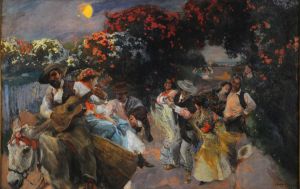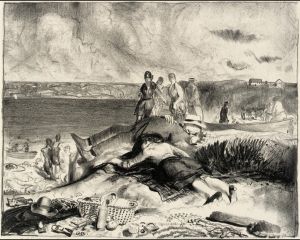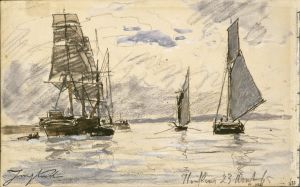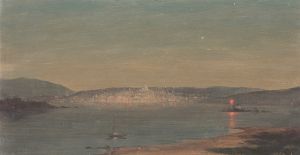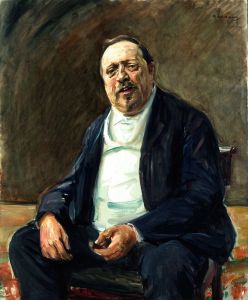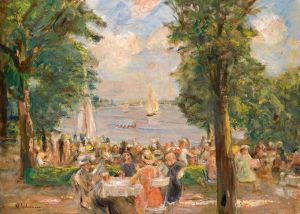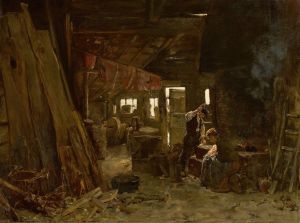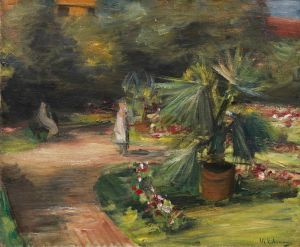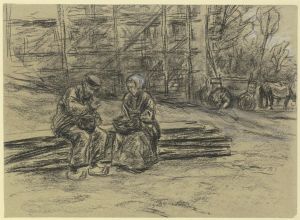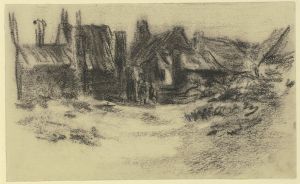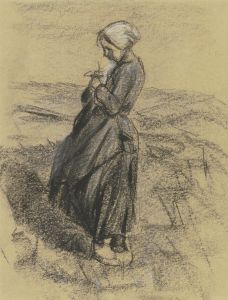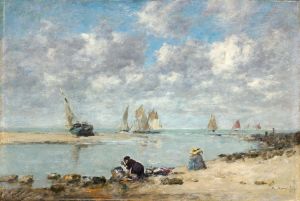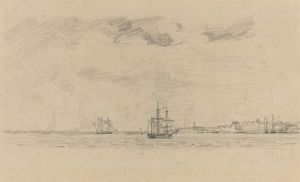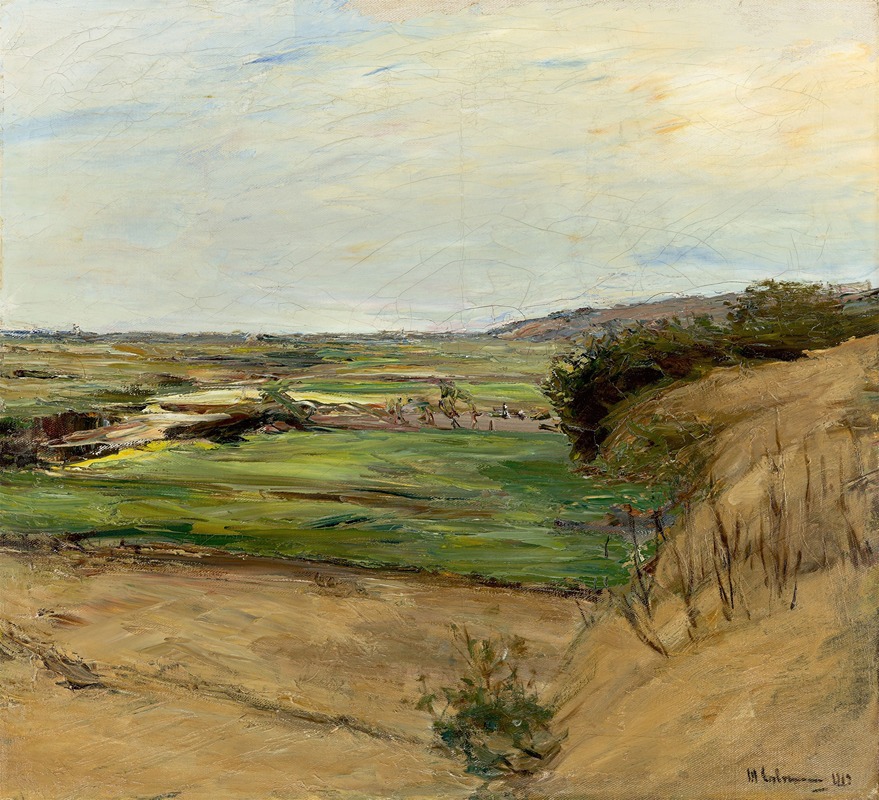
Dünenlandschaft
A hand-painted replica of Max Liebermann’s masterpiece Dünenlandschaft, meticulously crafted by professional artists to capture the true essence of the original. Each piece is created with museum-quality canvas and rare mineral pigments, carefully painted by experienced artists with delicate brushstrokes and rich, layered colors to perfectly recreate the texture of the original artwork. Unlike machine-printed reproductions, this hand-painted version brings the painting to life, infused with the artist’s emotions and skill in every stroke. Whether for personal collection or home decoration, it instantly elevates the artistic atmosphere of any space.
Max Liebermann's painting "Dünenlandschaft" (Dune Landscape) is a notable work by the German painter who was a leading figure in the Impressionist movement in Germany. Liebermann, born in 1847 in Berlin, was known for his ability to capture the essence of natural landscapes and everyday life with a keen eye for light and color. His work often reflected the influence of French Impressionism, which he encountered during his studies and travels in Paris.
"Dünenlandschaft" is a prime example of Liebermann's landscape paintings, showcasing his skill in depicting natural scenes with a sense of realism and atmospheric depth. The painting features a serene dune landscape, likely inspired by the coastal regions of northern Germany or the Netherlands, areas Liebermann frequently visited and painted. The composition typically includes sandy dunes, sparse vegetation, and a vast sky, elements that Liebermann used to convey the tranquility and expansive nature of such environments.
Liebermann's technique in "Dünenlandschaft" reflects his mastery of light and shadow, a hallmark of his style. He employed loose brushwork and a subtle palette to capture the shifting light and textures of the dunes. This approach not only highlights the physical characteristics of the landscape but also evokes a mood of calmness and introspection. The painting's composition is balanced, with an emphasis on horizontal lines that guide the viewer's eye across the canvas, enhancing the sense of space and openness.
Throughout his career, Liebermann was deeply influenced by the natural world and the changing seasons, often returning to similar themes and locations in his work. His dune landscapes, in particular, demonstrate his fascination with the interplay between land, sea, and sky, and his ability to translate these elements into a cohesive and evocative visual experience.
"Dünenlandschaft" is part of a broader body of work that solidified Liebermann's reputation as a leading landscape painter of his time. His contributions to the art world extended beyond his paintings; he was also a prominent figure in the Berlin Secession, an art movement that sought to promote modern art in Germany. Liebermann's influence was significant in shaping the direction of German art in the late 19th and early 20th centuries.
The painting is housed in a collection that appreciates Liebermann's impact on art history, though specific details about its current location or provenance may vary. As with many of Liebermann's works, "Dünenlandschaft" continues to be studied and admired for its artistic merit and its reflection of the artist's deep connection to the natural world.
In summary, "Dünenlandschaft" by Max Liebermann is a testament to the artist's skill in capturing the serene beauty of dune landscapes through his impressionistic style. The painting remains an important piece within Liebermann's oeuvre, illustrating his contribution to the development of modern landscape painting in Germany.





